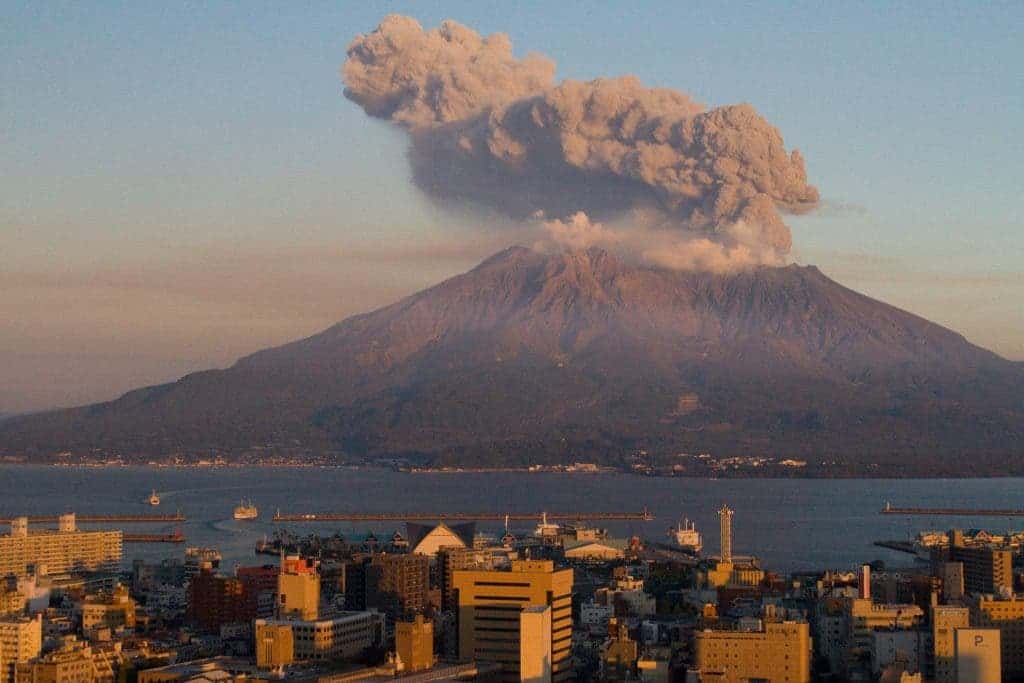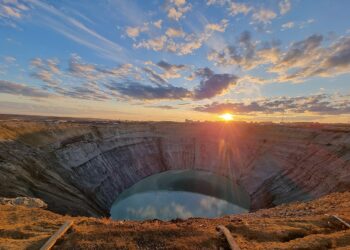Sakurajima is probably the most active and dangerous volcano in Japan. Actually, one of its eruptions from back in 1914 is still attested as the the most powerful volcanic eruption in Japanese history, which at the time engulfed a whole city in ash and lava, and joined the former island with the neighboring Osumi Peninsula.

Curious to find more about Sakurajima, in came instead across some incredible photographs taken by alien landscape photographer Martin Rietze, who managed to capture Sakurajima in its full elemental splendor. I’m still left short of words after glaring through them for the past hour now, so I’ll just leave you with these beauts right below. As a small notice, the lightning you see next or through the lava is by no meas a Photoshop effect. What actually happens is that fast moving fine ash causes the flashing lightining – the more plume there is, the more intense the lightning gets. For a conclusive example check out this photo of last year’s eruption from Shinmoedake peak.






